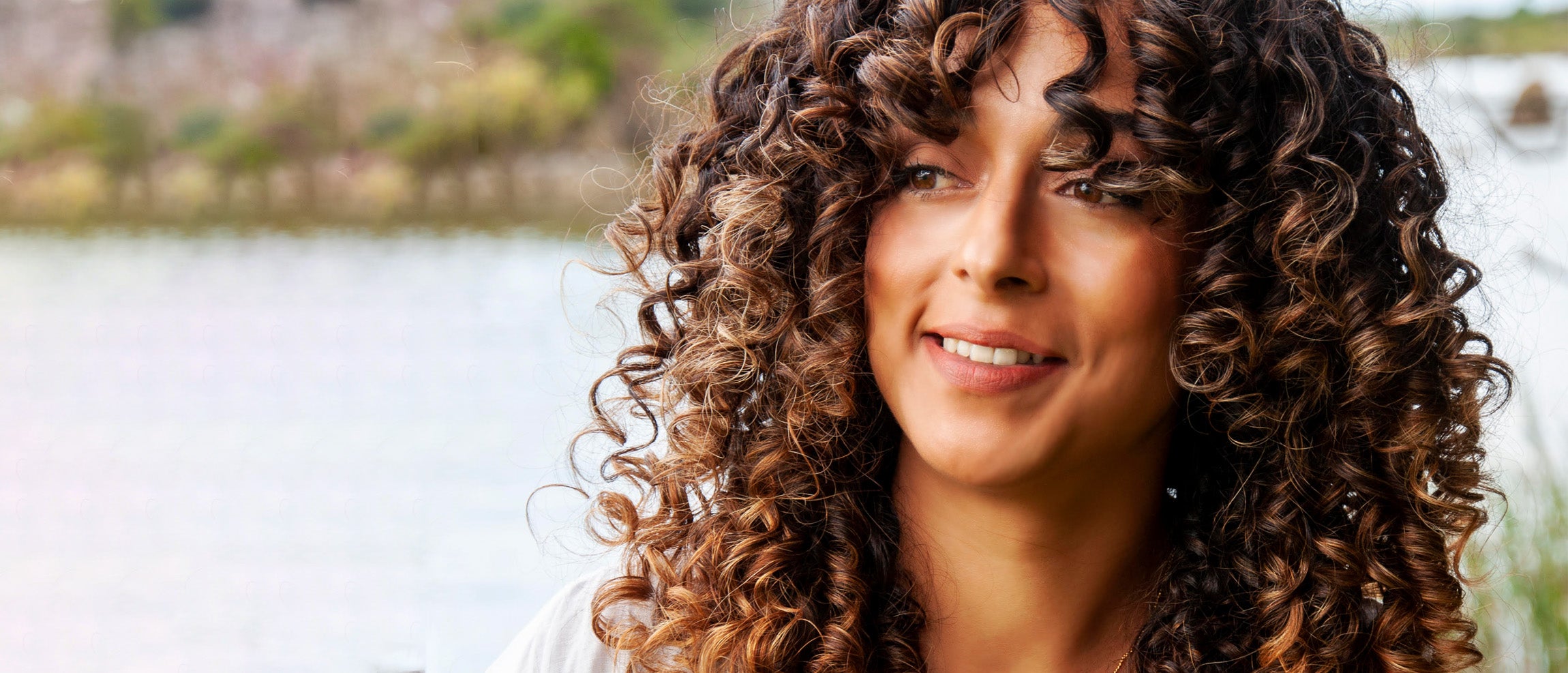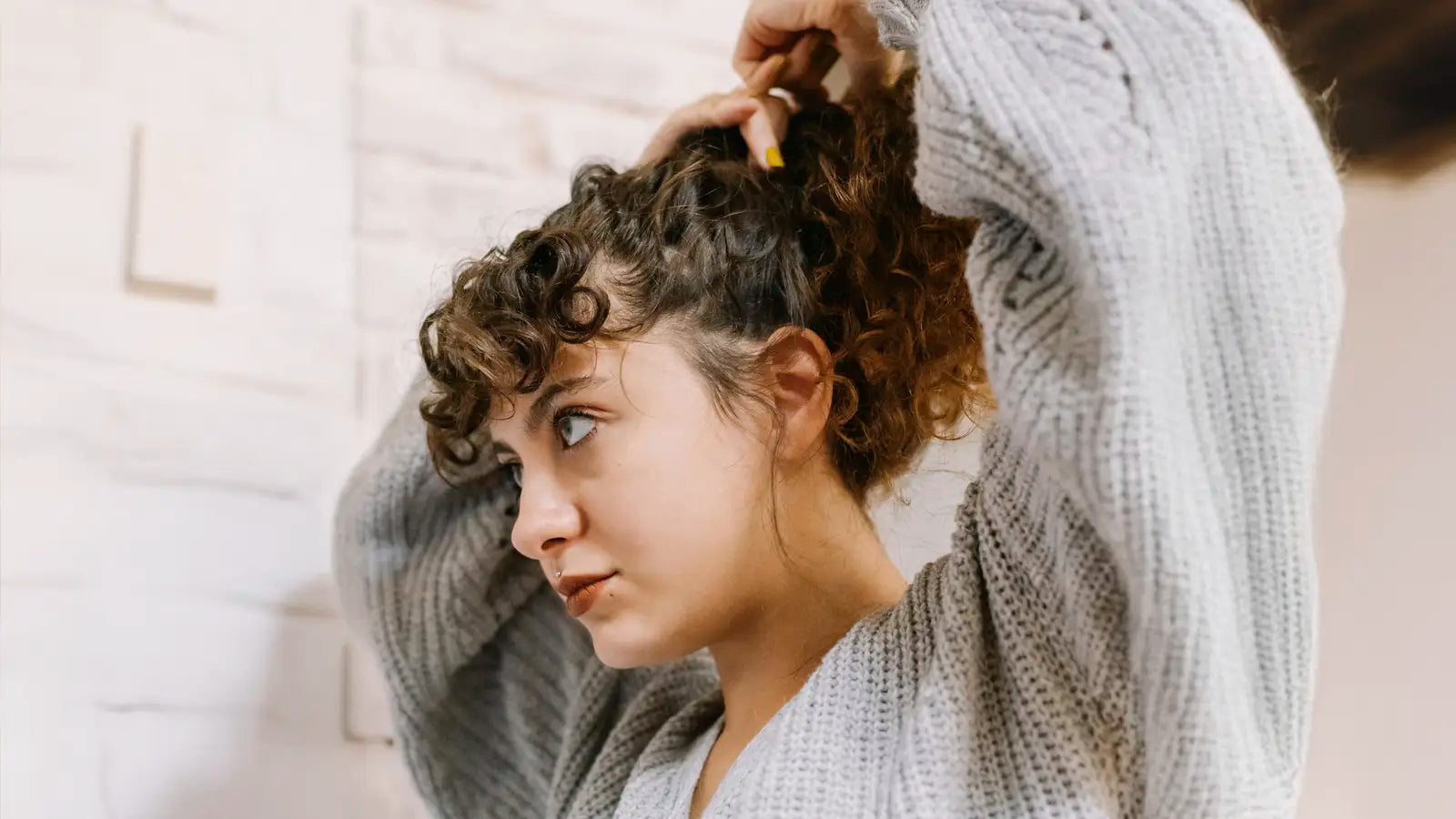What is curly hair porosity and how to identify it?
Hair porosity is a key concept within the curly method and refers to the hair cuticles' ability to absorb and retain moisture. This factor is crucial in determining which care and products are best suited to keeping your curly, wavy, or afro hair in its best condition.
Types of porosity
There are three main types of porosity:
-
Low porosity:
The hair cuticles are completely closed, preventing moisture from penetrating easily. This type of porosity is considered ideal, as the hair doesn't need additional internal hydration because it already has it naturally. However, it can be difficult for the hair to absorb treatments and products, so it's recommended to use light ingredients. -
Medium porosity:
This hair type has mild damage to the cuticles, allowing moisture to penetrate more easily but also causing it to be lost more quickly than hair with low porosity. It requires regular care that includes moisturizing to maintain elasticity and products that strengthen the cuticles without weighing the hair down. This level of porosity is common in hair that has not been adequately cared for and protected, either due to minimal exposure to heat, the use of non-specific products, or exposure to environmental factors. -
High porosity:
In this case, the cuticles are open, causing rapid moisture loss. This type of hair often appears as a result of chemical damage such as dyes, straighteners, or bleaching, as well as frequent use of heat tools. The texture may feel rough or dry, and it tends to frizz easily. To keep it healthy, it's crucial to use repairing products containing proteins and sealing agents that help retain moisture.
Perform a visual test and consider the condition of your hair to determine your porosity type. Knowing this key factor will make a difference in caring for your curls.
How to determine the porosity of your hair?
Low porosity
If your hair is healthy, like a child's, or you've cared for it well without exposing it to chemicals or heat tools, you likely have low porosity. Low porosity hair is characterized by its natural softness and shine, but it may reject intensive treatments and heavy products.
Medium porosity
This type is found in hair that has suffered minor damage, such as from occasional use of flat irons or hairdryers, or that exhibits some dryness and frizz. Although it needs additional hydration and elasticity, it responds well to balanced products.
High porosity
If your hair has been subjected to chemical treatments such as dyes, highlights, or straightening, you likely have high porosity. This can also be the case with naturally porous hair that frizzes easily or loses shape and definition quickly. This type of hair requires special attention and a restorative approach.
If your hair is healthy, like a child's, or you've cared for it well without exposing it to chemicals or heat tools, you likely have low porosity. Low porosity hair is characterized by its natural softness and shine, but it may reject intensive treatments and heavy products.
This type is found in hair that has suffered minor damage, such as from occasional use of flat irons or hairdryers, or that exhibits some dryness and frizz. Although it needs additional hydration and elasticity, it responds well to balanced products.
If your hair has been subjected to chemical treatments such as dyes, highlights, or straightening, you likely have high porosity. This can also be the case with naturally porous hair that frizzes easily or loses shape and definition quickly. This type of hair requires special attention and a restorative approach.





